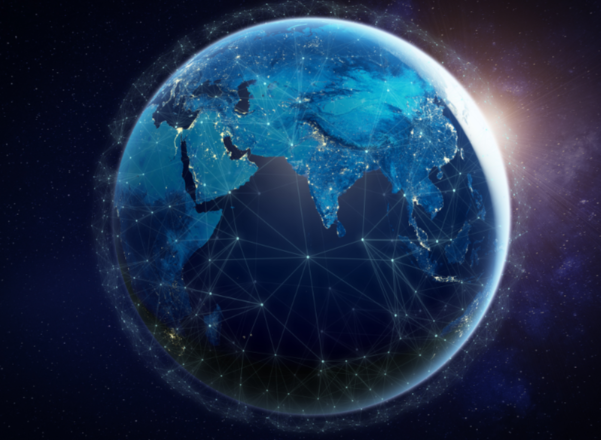The new productive force (GS Paper 3, Technology)

Introduction
- Although the next government’s hands would be full to deal with many geo-political complications, it will have to focus on a wide range of internal reforms to make India ready to gain command over emerging technologies.
China’s Deep Tech Push
- The Chinese government is launching a major push to develop new technologies, hoping to surpass the US and become the world's leader in science and technology.
- This "new productive forces" campaign is seen as a key part of China's plan to become the world's dominant power.
- The concept of "productive forces" comes from communist theory and refers to the technology used in production.
- President Xi Jinping announced this initiative last year and it's been a major focus since then.
- China wants to move away from being a cheap manufacturing center and become a leader in areas like electric vehicles, space exploration, and artificial intelligence.
- While China has made progress in some areas like solar panels, they still lag behind the US in many crucial technologies.
The West is investing big
- The new obsession with technology policy is not limited to China; the question of mastering the technological revolution animates all major economies.
- In the last few years, President Joe Biden has focused intensely on regaining its leadership in the advanced technology sectors.
- The Biden administration successfully mobilised bipartisan support in the US Congress to pass three pieces of legislation — the Infrastructure Investment Act, the CHIPS Act, and the Inflation Reduction Act.
- Together, they form a muscular industrial policy — long taboo in the US economic discourse — aimed at renewing American leadership in advanced technologies.
- It has also sought to limit the support of US capital to Chinese technological development and restrict advanced technology exports from the US and its allies to Beijing.
- The US is also trying to develop new global technology coalitions with its friends and partners, including the Quadrilateral forum with Australia, India, and Japan, and the so-called Chip-4 alliance between the US and three leading semiconductor producers — Japan, South Korea, and Taiwan.
- It is also building deep bilateral partnerships in critical and emerging technologies with India (the iCET).
- In a major speech at the Sorbonne University in Paris last week, French President Emmanuel Macron talked of the urgent need for Europe to reclaim a major spot in the distribution of global technological power.
The task for India – beyond manifestos
- In India, science and technology have long been a major part of its developmental strategy.
- Over the last decade, we have seen Prime Minister Narendra Modi leverage digital technologies for the delivery of services, emphasise investments in renewable energy, focus on a mission mode to put India back on the map of semiconductor production, and develop a strategy for the acceleration of India’s AI capabilities.
- Technology has also figured prominently in the Modi government’s foreign policy — especially in making it a key element of building strategic partnerships with the US and Europe.
- The BJP election manifesto has a section on technology and innovation that promises, among other things, to make India a leading space power, promote a robust national research and development (R&D) infrastructure, set up a research fund, and launch a new mission for quantum computing.
- To keep pace with the new global race for mastery over the “new productive forces”, though, Delhi needs to undertake a sweeping overhaul of its technology departments, significantly raise the national expenditure on R&D, and encourage greater participation of the private sector in the research, development, and production of modern technologies.
Conclusion
- Modernising the technological foundation of the Indian economy and national security must necessarily be at the top of the agenda for the next government if Delhi wants to be a part of the global map of “new and high-quality forces of production”.


